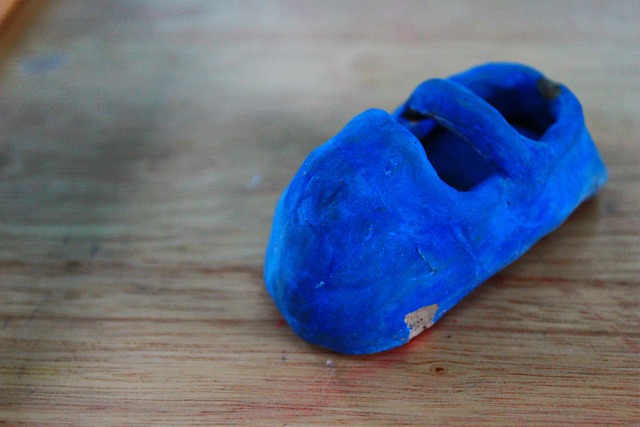In Seguin, many homeowners are turning their attention to mold remediation as a critical aspect of maintaining healthy living spaces. While mold inspection is a crucial first step, understanding the difference between mold presence and active growth is key. This article delves into the world of mold remediation vs. inspection for Seguin residents. We explore why antimicrobial treatments are sometimes necessary beyond standard procedures, focusing on effective strategies to protect your home.
- Understanding Mold Remediation: The Process and Importance for Seguin Homes
- When is Inspection Not Enough? Identifying the Need for Antimicrobial Treatments
- Effective Strategies: Comparing Traditional vs. Advanced Antimicrobial Solutions
Understanding Mold Remediation: The Process and Importance for Seguin Homes

Mold remediation goes beyond a simple cleaning process. It’s a meticulous procedure designed to safely remove mold and prevent its return, addressing the root causes that led to its growth in the first place. This involves understanding where molds thrive—in damp, dark spaces with poor ventilation—and implementing strategies to mitigate those conditions. For Seguin homeowners, distinguishing between mold remediation and a basic mold inspection is crucial.
While a mold inspection identifies the presence and extent of mold, remediation delves deeper into the source of moisture issues, repairing or replacing affected materials, and using antimicrobial treatments to kill and prevent future mold growth. Investing in professional mold remediation services for Seguin homes not only restores a healthy living environment but also prevents costly damages and potential health risks associated with prolonged exposure to mold.
When is Inspection Not Enough? Identifying the Need for Antimicrobial Treatments

Many Seguin homeowners focus primarily on mold inspection as a first step after noticing moisture issues or potential mold growth. While inspections are crucial, they may not always reveal the full extent of mold problems. Inspection involves visually examining and testing surfaces for signs of mold, but it can’t detect hidden or heavily contaminated areas behind walls, under flooring, or in hard-to-reach spaces. In such cases, simply remediating the visible mold might not be enough.
Antimicrobial treatments become essential when there’s a strong indication of extensive mold growth or when the affected area is larger than initially thought. These treatments use powerful disinfectants and preservatives to kill not just visible mold but also dormant spores that could re-emerge, leading to recurring mold issues. For Seguin homeowners facing severe mold problems, combining thorough inspection with antimicrobial treatments offers a more comprehensive solution for long-term protection against mold-related health risks.
Effective Strategies: Comparing Traditional vs. Advanced Antimicrobial Solutions

When it comes to addressing mold issues, Seguin homeowners often wonder about the best strategies: mold remediation or initial mold inspection? While both are crucial, the focus shifts from prevention to active treatment once remediation becomes necessary. Traditional antimicrobial solutions, such as bleach and chlorine-based products, have been commonly used but present limitations. They may temporarily reduce microbial load but don’t effectively eliminate hidden or dormant spores that can regrow.
Advanced antimicrobial treatments offer a more comprehensive approach. These include enzymes that break down mold cells, preventing recurrences without harsh chemicals. Additionally, photoactive compounds and ionized silver solutions show promise in destroying mold and its spores while leaving no toxic residue. Comparing these advanced solutions to traditional methods highlights the evolving field of mold remediation, where science-backed treatments prioritize long-term effectiveness over quick fixes.
For Seguin homeowners concerned about mold, understanding the distinction between mold remediation and inspection is key. While a visual assessment can reveal visible signs, antimicrobial treatments are often necessary to address hidden mold and its associated health risks. When inspection alone isn’t sufficient, advanced antimicrobial solutions offer more comprehensive protection compared to traditional methods. For effective mold management, consider these options to ensure a healthier home environment.
